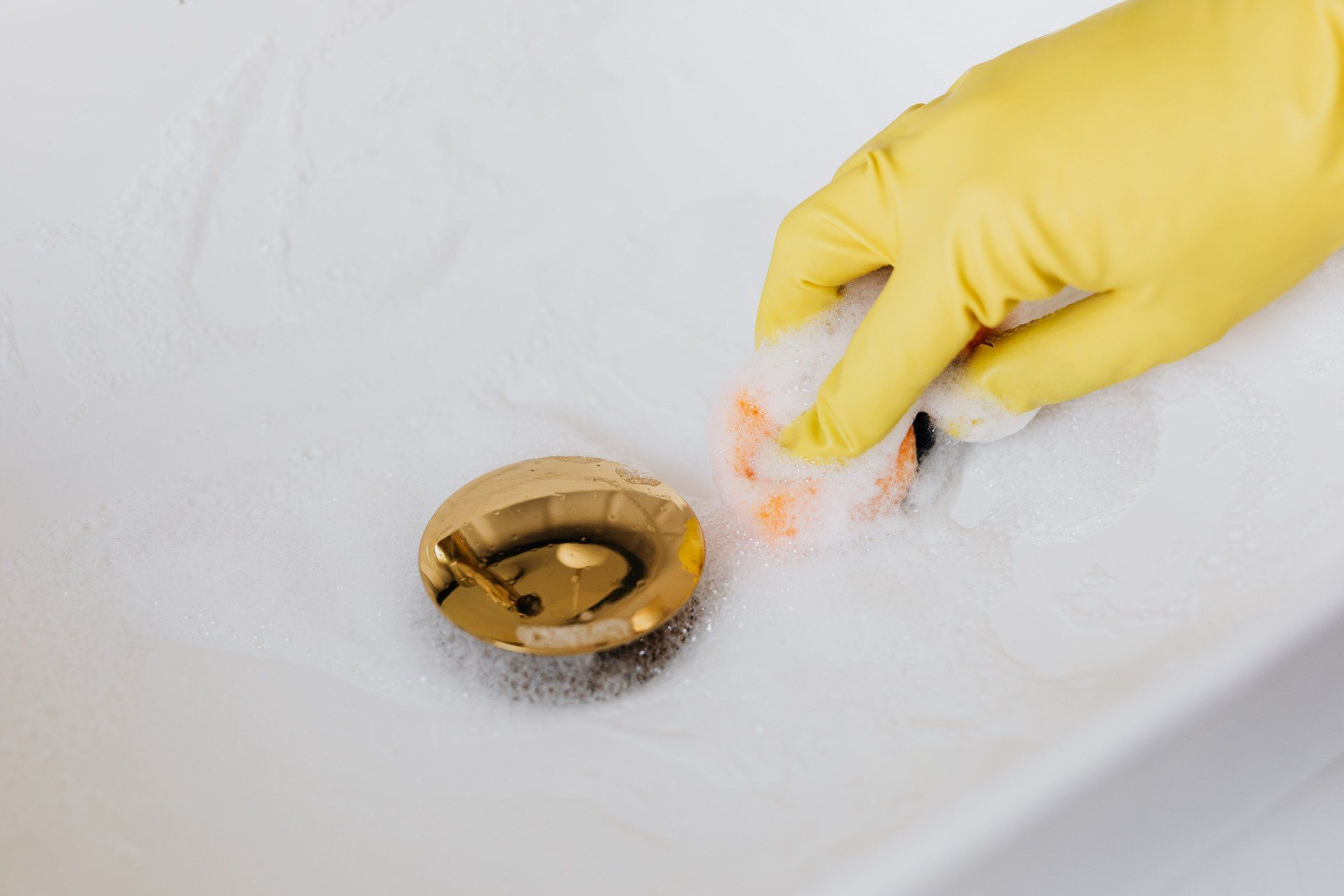How frequently should a septic tank be pumped?
How frequently should a septic tank be pumped?
How effective is your memory? Remember significant dates such as birthdays and anniversaries? You retain your weekly schedule in your head, on paper, or on your phone. Do you recall the last time you had your septic tank pumped?
Okay, this last question may not be as vital to your day-to-day life, but it is relevant to maintaining the plumbing system in your home. Having a septic system as opposed to being part of a municipal sewer system has certain benefits, but it also requires routine maintenance.
This post will discuss how often your septic tank should be pumped.
Why does a septic tank need pumping?
When you flush a toilet or dispose of food scraps in a garbage disposal, the wastewater flows down the drain and into the septic tank via underground pipes. A major part of the water is being discharged into the ground, while the garbage is contained within the tank. Eventually, the tank will be filled with sewage solids. If it reaches its maximum capacity, it might overflow, causing unpleasant odors, a muddy yard, and plumbing troubles within the home. Fortunately, there is a simple solution: pumping the septic tank.
Frequency of tank servicing
The frequency of pumping your septic tank will depend on the size of the tank, the number of people living in the home, the presence of a garbage disposal or water-softening system, and how often you do laundry or flush non-septic-friendly items down the drain.
But here are some general guidelines:
- Two-person, 500-gallon family tank - pump every 2.5 years
- Family of three with a 1,000-gallon tank; pump every 4 years
- Family of five with a 1,000-gallon tank; pump every 2 years
- Family of five with a 1500-gallon tank; pumping every 3.5 years
On average, you should get your tank pumped every three to four years. However, if you observe any indicators of a septic system backlog before that time, you should have your tank pumped immediately. Slow drains throughout the house and gurgling sounds emanating from the toilet when flushed are warning indicators.
Scheduling service for septic tank pumping
The good news is that once you remember to schedule septic tank repair, your work is done. We can handle the filthy (and unpleasant) task of pumping. Once the tank has been emptied, it should be functional for several years.
Get a
FREE Quote
You might also like




